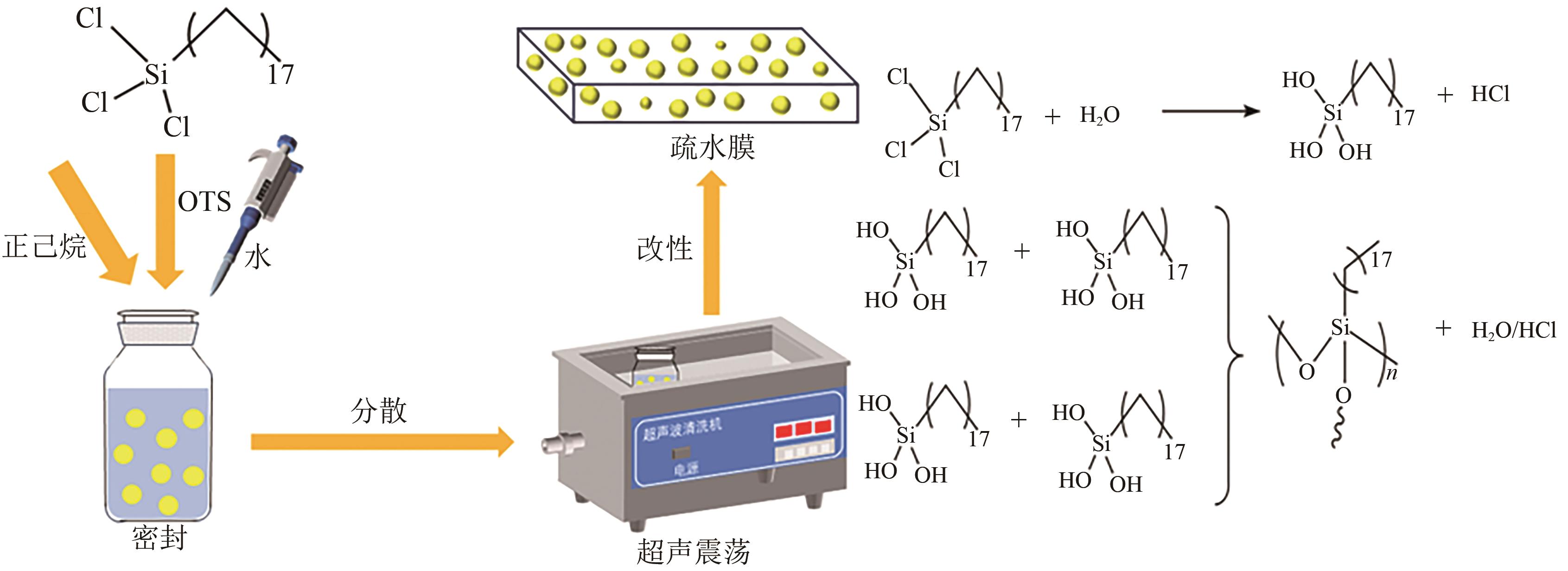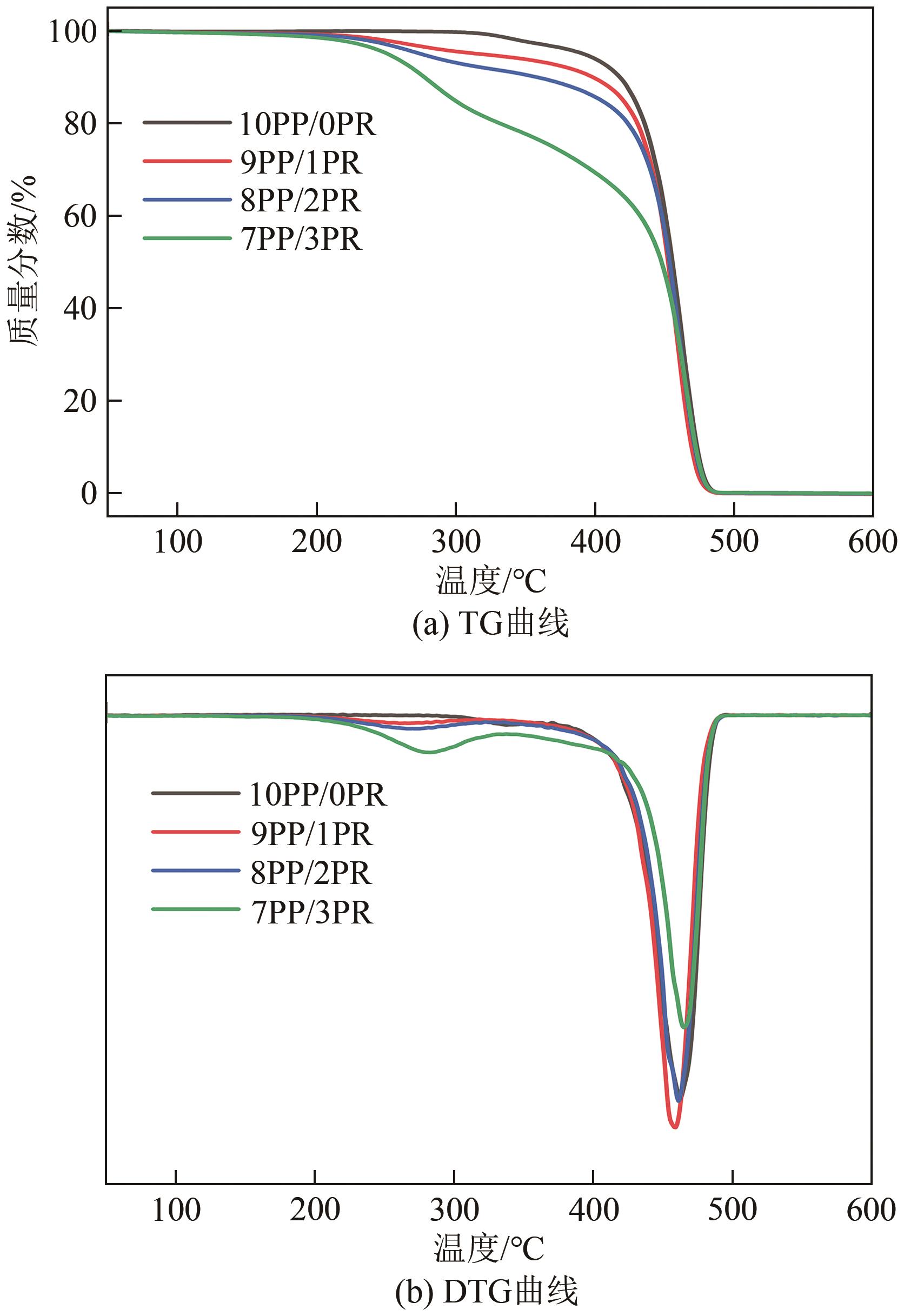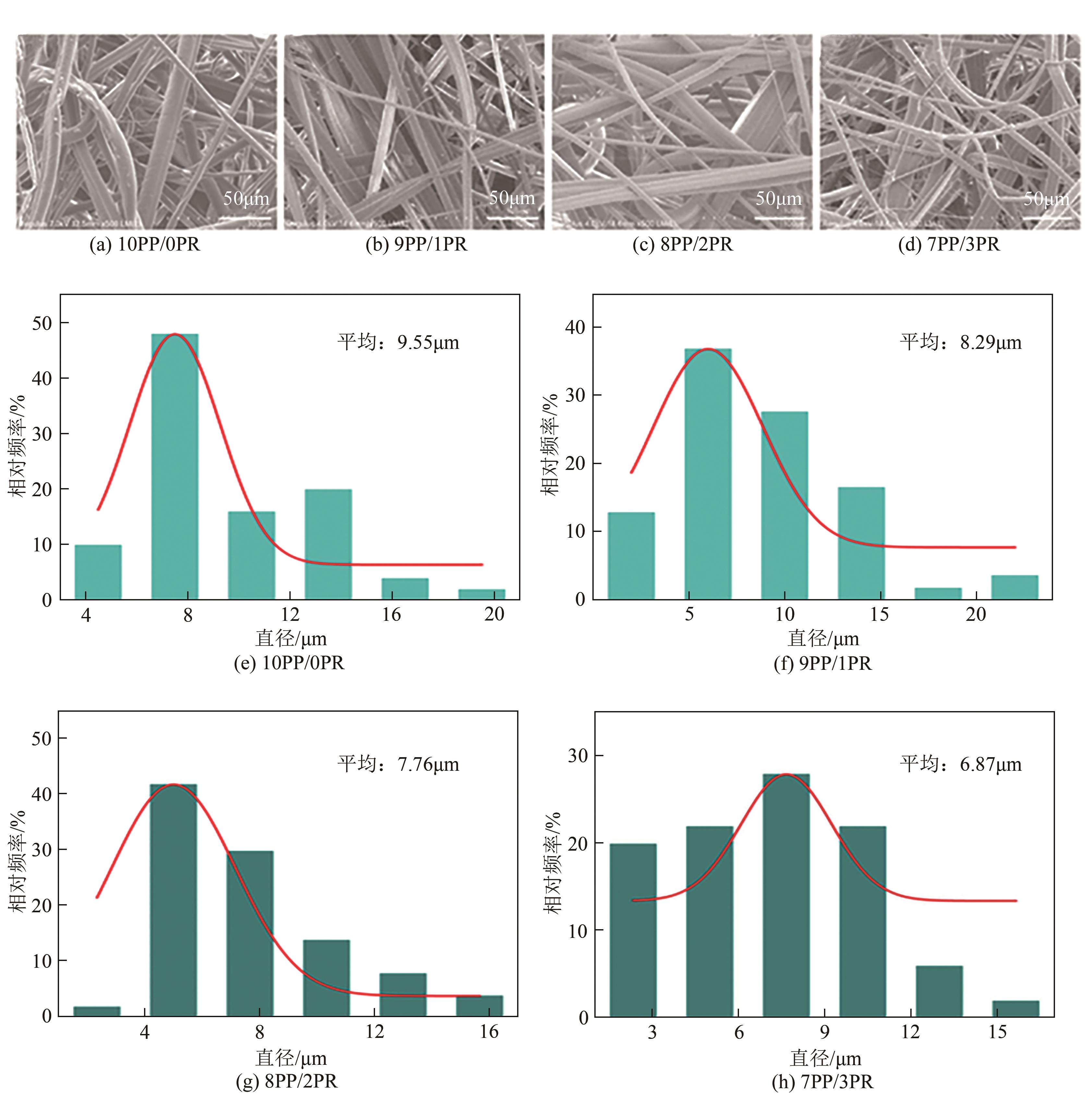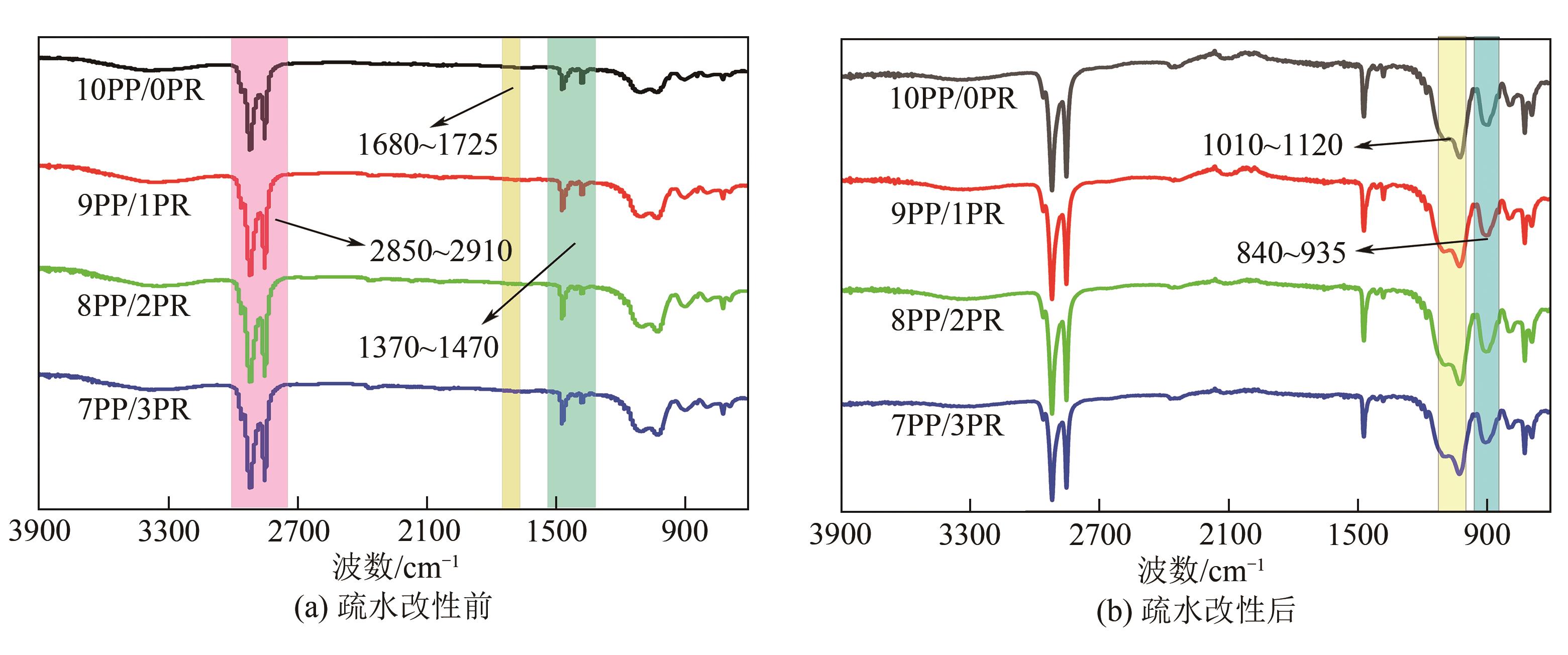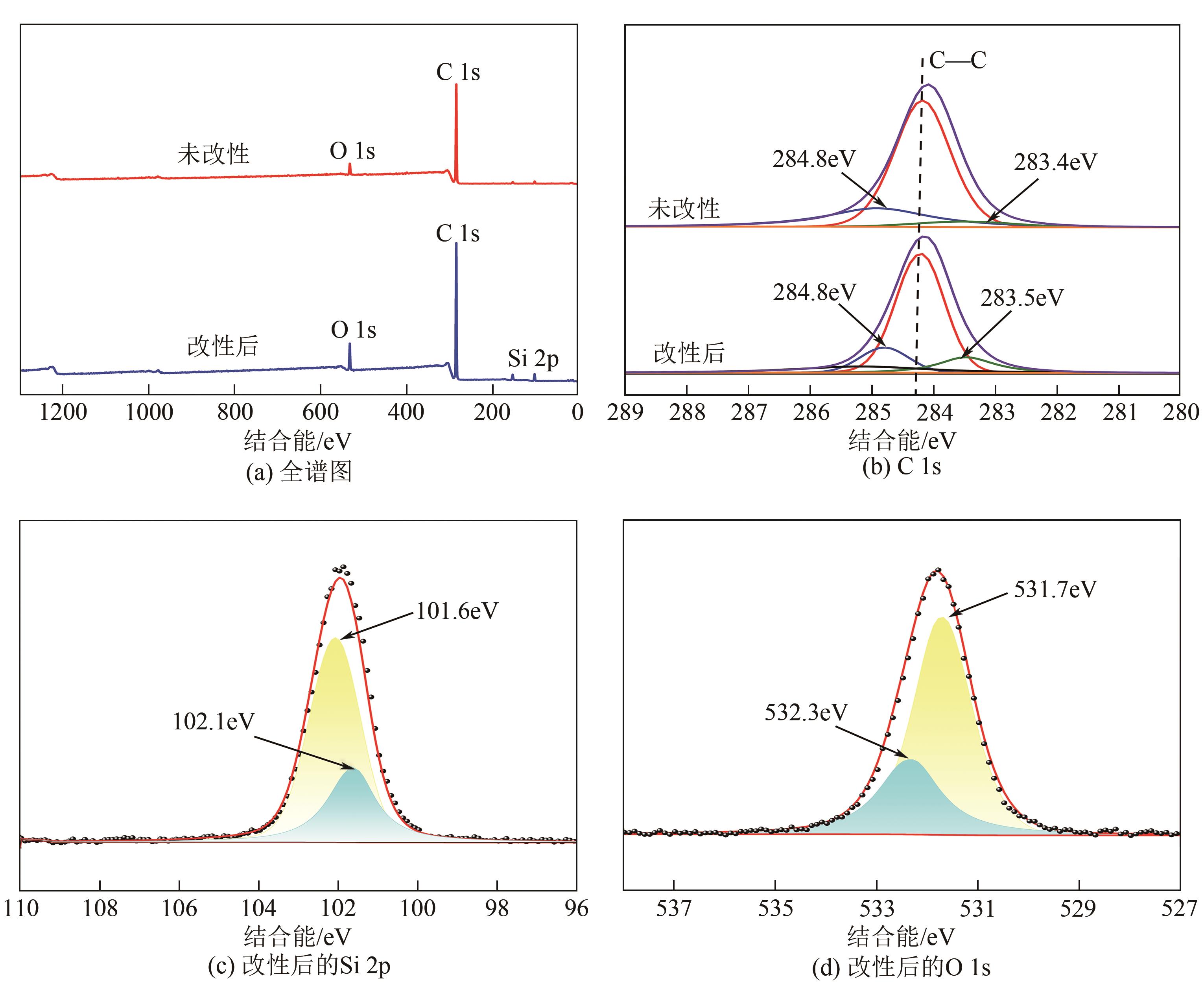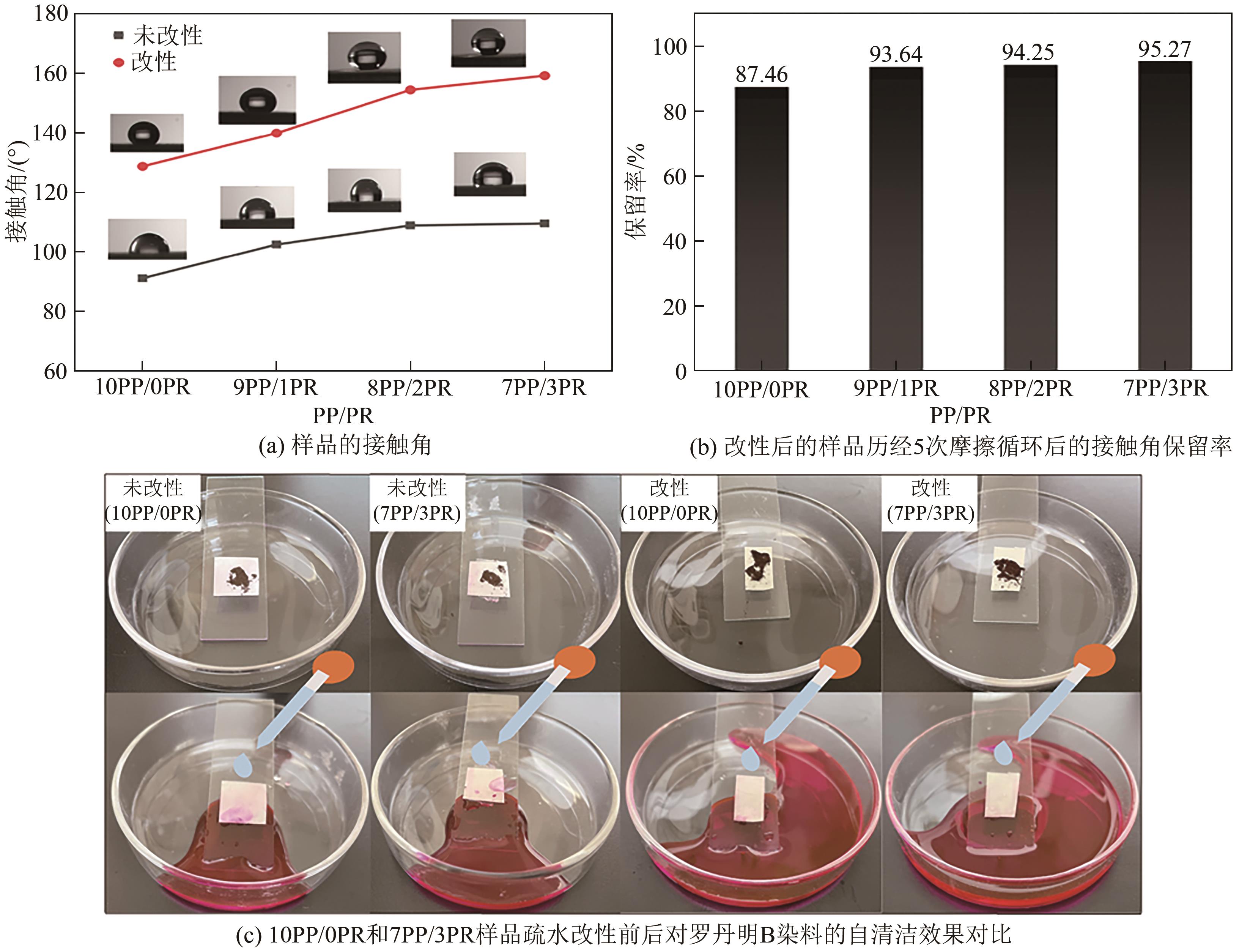| 1 |
AYAZI Masoumeh, GOLSHAN EBRAHIMI Nadereh. High stable self-cleaning surface developed by monolithic hierarchical roughness[J]. Surface Engineering, 2020, 36(6): 628-635.
|
| 2 |
ZHU Yaoyao, LU Yeqiang, YU Hang, et al. Super-hydrophobic F-TiO2@PP membranes with nano-scale “coral”-like synapses for waste oil recovery[J]. Separation and Purification Technology, 2021, 267: 118579.
|
| 3 |
XU Zhihao, LIU Zhen, SONG Pengfei, et al. Fabrication of super-hydrophobic polypropylene hollow fiber membrane and its application in membrane distillation[J]. Desalination, 2017, 414: 10-17.
|
| 4 |
ZENG Qinghong, ZHOU Hui, HUANG Jinxia, et al. Review on the recent development of durable superhydrophobic materials for practical applications[J]. Nanoscale, 2021, 13(27): 11734-11764.
|
| 5 |
KAVITHA SRI A, DEEKSHA P, DEEPIKA G, et al. Super-hydrophobicity: Mechanism, fabrication and its application in medical implants to prevent biomaterial associated infections[J]. Journal of Industrial and Engineering Chemistry, 2020, 92: 1-17.
|
| 6 |
XIA Yongmei, FAN Guodong, CHEN Kai, et al. Preparation and anti-corrosion performances of grass-like microstructured superhydrophobic surface on copper via solution-immersion[J]. Materials Letters, 2022, 323: 132482.
|
| 7 |
LI Xue, PAN Jun, MACEDONIO Francesca, et al. Fluoropolymer membranes for membrane distillation and membrane crystallization[J]. Polymers, 2022, 14(24): 5439.
|
| 8 |
GONG Baichuan, MA Linjuan, GUAN Qian, et al. Preparation and particle size effects study of sustainable self-cleaning and durable silicon materials with superhydrophobic surface performance. Journal of Environmental Chemical Engineering. 2022,10(3): 107884.
|
| 9 |
WANG Junwei, ABADIKHAH Hamidreza, YIN Liangjun, et al. Multilevel hierarchical super-hydrophobic ceramic membrane for water-in-oil emulsion separation[J]. Process Safety and Environmental Protection, 2023, 175: 361-368.
|
| 10 |
MORADI Mobina, REZAEI Milad. Long-term experimental evaluation and molecular dynamics simulation of polypropylene/graphene oxide nanocomposite coating in 3.5% NaCl solution[J]. Progress in Organic Coatings, 2022, 164: 106718.
|
| 11 |
LIN Zhifeng, ZHANG Wei, ZHANG Wei, et al. Fabrication of Ni-Co/Cu super-hydrophobic coating with improved corrosion resistance[J]. Materials Chemistry and Physics, 2022, 277: 125503.
|
| 12 |
XU Liyun, XIE Kaifang, LIU Yuegang, et al. Stable super-hydrophobic and comfort PDMS-coated polyester fabric[J]. e-Polymers, 2021, 21(1): 654-661.
|
| 13 |
TIAN Bo, LI Jinfeng, LI Zhigang, et al. Preparation of polypropylene with high melt strength by wet reaction blending of lignin[J]. Journal of Applied Polymer Science, 2022, 139(1):51224.
|
| 14 |
齐浩彤, 王文刚, 钱裕洁, 等. 基于三环二萜类小分子取向诱导聚乳酸微纳纤维化的分子模拟与实验研究[J]. 应用化工, 2023, 52(4): 1126-1132, 1143.
|
|
QI Haotong, WANG Wengang, QIAN Yujie, et al. Molecular simulation and experimental study on micro-nano fibrosis of polylactic acid induced by orientation of tricyclic diterpenoids[J]. Applied Chemical Industry, 2023, 52(4): 1126-1132, 1143.
|
| 15 |
张林森. 聚乳酸/聚合松香特殊结构材料的制备及性能研究[D].无锡:江南大学, 2021.
|
|
ZHANG Linsen. Preparation and properties of polylactic acid/polymerized rosin special structural materials[D].Wuxi:Jiangnan University, 2021.
|
| 16 |
LIU Bujin, JIANG Tuanhui, ZENG Xiangbu, et al. Polypropylene/thermoplastic polyester elastomer blend: Crystallization properties, rheological behavior, and foaming performance[J]. Polymers for Advanced Technologies, 2021, 32(5): 2102-2117.
|
| 17 |
XU Renwei, ZHANG Peng, WANG Hai, et al. Structure and properties of a metallocene polypropylene resin with low melting temperature for melt spinning fiber application[J]. Polymers, 2019, 11(4): 729.
|
| 18 |
王利霞, 史淼磊, 赵幸一, 等. 聚己内酯/聚乳酸共混材料流变性能对其超临界流体微发泡的影响[J]. 高分子材料科学与工程, 2020, 36(11): 80-85.
|
|
WANG Lixia, SHI Miaolei, ZHAO Xingyi, et al. Effect of rheological properties of polycaprolactone/polylactic acid blends on microcellular foaming in supercritical fluid[J]. Polymer Materials Science & Engineering, 2020, 36(11): 80-85.
|
| 19 |
陈龙, 李霞霞, 李伟祥, 等. 聚丙烯非织造布熔喷过程的计算流体力学模拟研究进展[J]. 化工进展, 2022, 41(2): 537-553.
|
|
CHEN Long, LI Xiaxia, LI Weixiang, et al. Research progress in computational fluid dynamics simulation of melt-blown fabric production[J]. Chemical Industry and Engineering Progress, 2022, 41(2): 537-553.
|
| 20 |
LIU Bingxin, MAZO Alicia Rasines, GURR Paul A, et al. Reversible nontoxic thermochromic microcapsules[J]. ACS Applied Materials & Interfaces, 2020, 12(8): 9782-9789.
|
| 21 |
ZHANG Zhaoqi, ZENG Rongchang, LIN Cunguo, et al. Corrosion resistance of self-cleaning silane/polypropylene composite coatings on magnesium alloy AZ31[J]. Journal of Materials Science & Technology, 2020, 41: 43-55.
|
 ), QIAN Yujie1, PI Qiuyue1, WANG Yanhong1, HOU Xiuliang1, XU Helan1,2(
), QIAN Yujie1, PI Qiuyue1, WANG Yanhong1, HOU Xiuliang1, XU Helan1,2( )
)
 ), 钱裕洁1, 皮秋月1, 王艳红1, 侯秀良1, 徐荷澜1,2(
), 钱裕洁1, 皮秋月1, 王艳红1, 侯秀良1, 徐荷澜1,2( )
)


